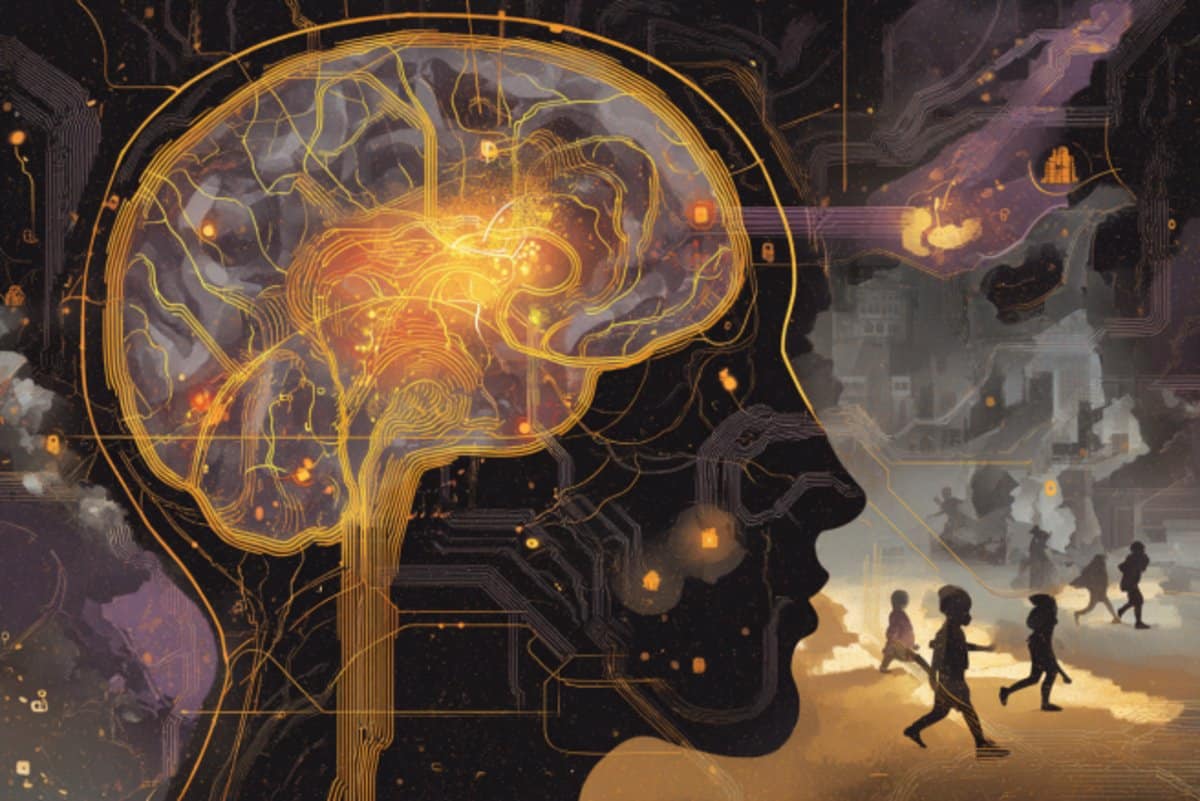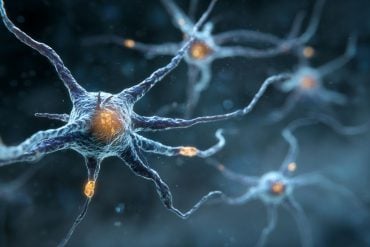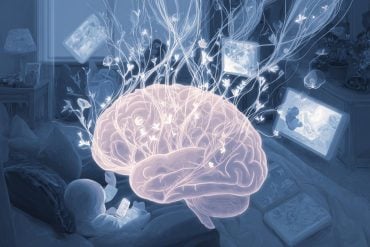Key Questions Answered:
Q: What brain region is being studied to understand aggression?
A: Researchers are focusing on the thalamic nucleus reuniens, which connects memory, emotion, and decision-making areas of the brain and may play a key role in impulsive aggression following trauma.
Q: How does early-life trauma influence aggression later in life?
A: Trauma during childhood can alter brain circuits that regulate attention and impulse control, increasing the risk of pathological aggression and cognitive decline in adulthood.
Q: What technologies are being used in this research?
A: The study uses CRISPR gene editing, optogenetics, and real-time brain activity recordings in mice to track how trauma disrupts neural pathways related to aggression.
Summary: Aggression isn’t just a behavioral issue—it has deep neurobiological roots, especially when shaped by early-life trauma. New research is investigating how childhood adversity rewires brain circuits that control emotion, memory, and attention, increasing the risk of impulsive and pathological aggression.
A key focus is the thalamic nucleus reuniens, a brain region connecting the prefrontal cortex and hippocampus, which appears to act as a hub for trauma-related behavioral changes. The findings could lead to targeted therapies that ease the burden of trauma-induced aggression on individuals and communities.
Key Facts:
- Circuit Disruption: Early trauma alters brain networks tied to attention and aggression.
- Targeted Region: The nucleus reuniens links key brain areas for emotion and memory.
- Therapy Potential: Research may lead to treatments for trauma-driven aggression.
Source: Virginia Tech
Uncontrolled rage is a public health issue. It is a feature of several psychiatric and behavioral disorders and contributes to societal challenges including community violence, incarceration, and interpersonal conflict.
But what if we had a better understanding of the neurobiological basis for aggression and how early experiences shape brain development, allowing us to identify potential targets for therapy?
Sora Shin, a neuroscientist at the Fralin Biomedical Research Institute at VTC, received a five-year, $3.2 million grant from the National Institutes of Health to study how early-life trauma alters brain circuits that control aggression and attention.
Her research could lead to novel treatment strategies to ease the burden of trauma-related aggression on individuals, families, and communities.
Shin’s research focuses on understanding how childhood adversity can lead to long-term changes in brain function and behavior, including increased impulsivity and aggression.
“Trauma early in life is a risk factor for cognitive decline and pathological aggression later in life,” Shin said. “If we can learn more about the neurological basis for aggression, it could help us identify therapies.”
Shin and her team will study the role of a specific brain structure known as the thalamic nucleus reuniens, a region that connects the prefrontal cortex and the hippocampus.
The nucleus reuniens is involved in memory, emotion, and decision-making, and its dysfunction is implicated in anxiety-related behaviors and clinical disorders such as schizophrenia.
Preliminary studies in mice, including Shin’s previous research into binge-like eating habits and stress-induced social dysfunction, have shown that both early trauma and activation of a certain calcium channel in neurons in the circuit connecting the nucleus reuniens to hippocampus lead to impulsive aggression and impaired attention.
Using advanced technologies such as CRISPR gene editing, optogenetics, and real-time brain recordings in mice, Shin will examine how trauma-related changes in these circuits influence aggressive behavior.
“We want to better understand how brain circuits contribute to aggressive behavior, especially when thinking and memory start to decline after experiencing trauma,” said Shin, who also holds an appointment in the Department of Human Nutrition, Foods, and Exercise in the College of Agriculture and Life Sciences.
“By studying this brain pathway in detail, we hope to shift how people think about impulsive aggression — from seeing it as a problem in just one brain area to understanding it as part of a broader network of brain regions working together.”
Funding: The grant is funded by the National Institute of Mental Health, part of the National Institutes of Health.
About this neurodevelopment and aggression research news
Author: Leigh Anne Kelley
Source: Virginia Tech
Contact: Leigh Anne Kelley – Virginia Tech
Image: The image is credited to Neuroscience News







